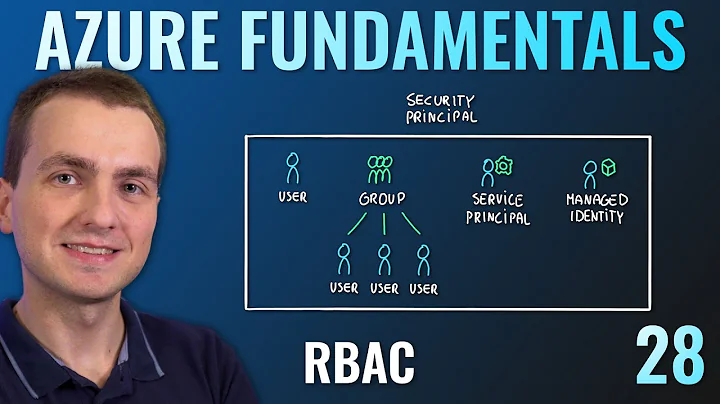Resource Based Access Control vs Role Based Access Control
This is the first time I hear of resource-based access control.
I would be extremely careful in going down this path. In the world of authorization there are essentially 2 standards:
- Role-based access control (RBAC) as standardized by NIST and implemented in thousands of apps and frameworks with support from the main vendors (CA, Oracle, IBM...)
- Attribute-based access control (ABAC) as being standardized by NIST (also here) and equally well implemented by vendors such as IBM, Oracle, and Axiomatics which is where I work.
Resource-based access control seems to be a model invented by Stormpath and supported by them only. It may be good but it will only work with their environment.
Role-based and Attribute-based access control are well accepted paradigms supported by NIST and other standardization bodies such as OASIS (where SAML and XACML were defined 10 years ago and are still supported today).
The question to you is: why is role-based access control not enough for you? Do you have a role explosion issue? Is it not expressive enough? Do you need to implement relationships between users, resources, and context?
ABAC and XACML can let you do that. I posted a simple video a while back on YouTube that deals with attribute-based access control. Have a look.
The bottom line is that RBAC and ABAC are standards that work across multiple applications and layers. Resource-based access control is specific to Apache Shiro only.
Related videos on Youtube
hguser
Updated on June 04, 2022Comments
-
hguser almost 2 years
I am learning Apache Shiro, and I found this article:
The New RBAC: Resource-Based Access Control
And the author said:
.......you could assign behaviors (permissions) directly to a Role if you want. In this sense, you would still have a Role-Based Access Control security policy - it is just you would have an explicit RBAC policy instead of the traditional implicit strategy.
But that begs the question - why stop at roles? You can assign behaviors directly to users, or to groups, or to anything else your security policy might allow.
It seems that the author prefer to store the relationship of User and Permission directly instead of through a Role.
Though it seems this is simple and straightforward, I have some questions:
Are there any essential differences between two of them?
The Database schema.
In a Role Based Access Control, normally we use three tables to describe the relationship:
user role user_roleNo if I use the Resource Based Access Control, what is the normal practice for building the tables?
-
Josh C. over 9 yearshow does this work when parameters are evolved in the route? We may not now if the have access to the resource until we process the request, right?
-
Josh C. over 9 yearsWhat is considered best practice in this case?
-
 SO User about 9 years@DavidBrossard, can u pls advice how to get a trial version of Axiomatic APS for XACML? The link suggested by you (axiomatics.com/get-aps-express-edition-now.html) didn't give me any confirmation email. Thx.
SO User about 9 years@DavidBrossard, can u pls advice how to get a trial version of Axiomatic APS for XACML? The link suggested by you (axiomatics.com/get-aps-express-edition-now.html) didn't give me any confirmation email. Thx. -
David Brossard about 9 yearsPlease email [email protected] and they should be able to help you





